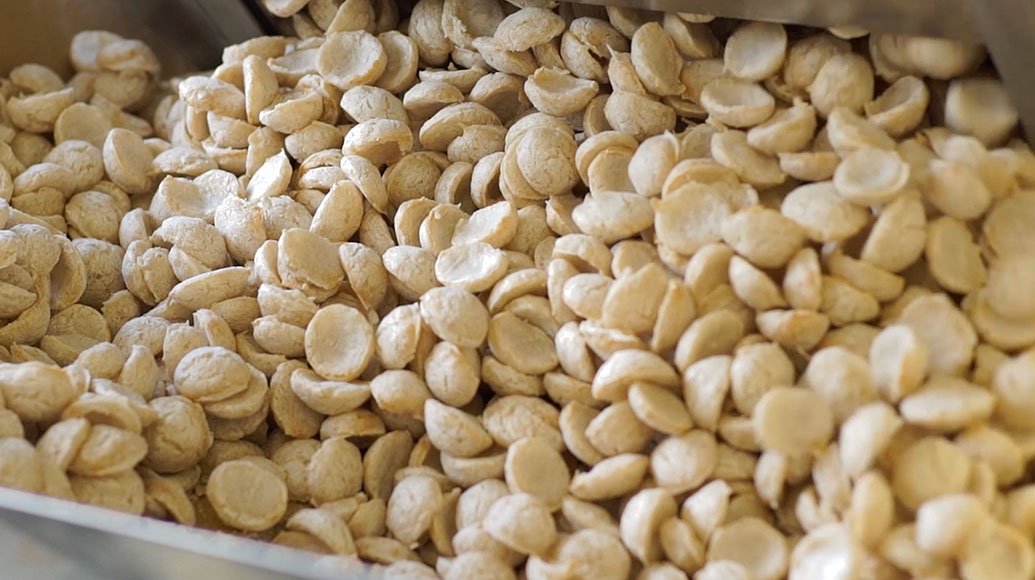Search term must have more than 2 characters.
Healthy diet
Extrusion - How do we make our porridge?
Are you familiar with the technological process called extrusion? There's really nothing complicated behind this mysterious term. On the contrary. It's a relatively simple process that we're happy to introduce to you! So let's do it.
The extruder, i.e. the device in which extrusion takes place, is basically a meat grinder. Only bigger. The carefully selected raw materials (grains) are evenly moistened and mixed before entering the machine. The material prepared in this way enters the extruder. Similar to a meat grinder, in our case a pair of screws drive it towards the die (the outlet hole at the end) and, of course, knead and mix it. Due to the intense mechanical stress, the pressure increases compared to a meat grinder and the temperature also gradually rises (to 100-120 °C). In grains, starch gelatinisation occurs. This changes their texture and creates a porridge-like mass. It's gradually pushed up to the exit holes of the die. Once it's out in the open, only atmospheric pressure acts on it, and the porridge ''swells up'' to form a brittle, porous mass you might know from corn puffs. These are cooled at room temperature and further ground to the necessary granulation so that the texture of the porridge is pleasant when prepared again.
We're talking about a maximum temperature of 120 °C for a few seconds. During this process, proteins are denatured and starches are gelatinised, so complex molecules change their structures and become digestible. This, in fact, is why food products are heat treated. Thanks to this treatment, they can only be left to swell during preparation, not cooked.
Grains in general are a natural source of B vitamins and vitamin E. Vit. E is one of the relatively thermally stable substances. Of the B vitamins, vit. B1 is the most sensitive. Of course, it's also lost during the extrusion (about 30% is reported). But for comparison, up to 75% is lost during cooking, depending on the duration, and about 35% during frying. For other vit. B, the losses are lower. In extrusion, valuable minerals are also not leached into the water. A short heating (seconds) therefore doesn't cause too great a losses, but it's still sufficient to exclude the presence of all undesirable micro-organisms. By reducing the water content at the same time, the product remains shelf-stable even without the use of preservatives.



